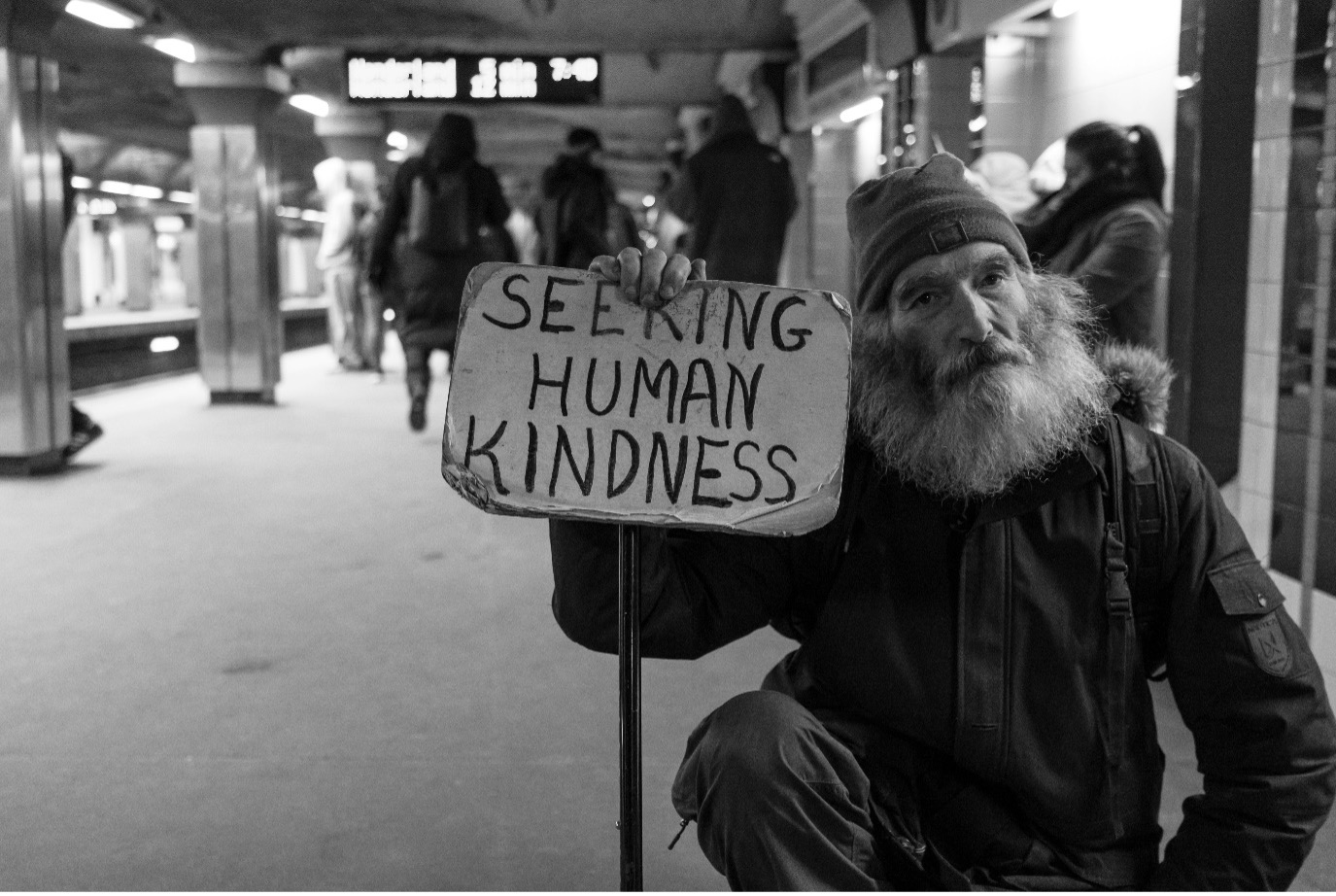Photo by Matt Collamer on Unsplash
The World Meteorological Society (2025) confirmed 2024 as the warmest year on record at about 1.55oc above pre-industrial levels. Our climate is shifting, and this presents a fundamental threat to natural and human systems. Climate change is reversing decades of health progress by increasing vector-borne diseases, malnutrition, heat-related illnesses, and injury and mortality from extreme climatic events (World Health Organization, 2023).
People who are homeless are particularly vulnerable to the effects of climate change. They may spend significant amounts of time in direct sunlight or on hot surfaces such as tarmac and bitumen. They also tend to be concentrated in urban settings, and are therefore exposed to the urban heat island effect of higher temperatures than surrounding rural areas due to increased heat absorption and retention from buildings, roads, and paved surfaces (Leggat et al., 2024).
The risk factors for morbidity and mortality from extreme heat and cold correlate closely with many of the characteristics of people who are homeless (Ramin & Svoboda, 2009), including:
- Pre-existing mental health conditions
- Presence of cardiovascular and respiratory disease
- Advanced age
- Use of alcohol and other drugs
- Living in urban or suburban concrete landscapes with limited green space
As average and peak temperatures continue to rise, the health risks for people who are homeless increases. One particular challenge for people who are homeless is the safe storage of medications during extreme heat and cold. How people who are homeless can keep their medication cool during extreme heat is a common question on social forums. To ensure medication effectiveness and safety, most medications must be stored in a cool dry place, away from direct sunlight, moisture, and extreme temperatures (Australian Prescriber, 2019). For people who are homeless, achieving these storage conditions can be almost impossible. On the streets, medication is at the mercy of the ambient temperature.
Some medications are particularly sensitive to extreme temperatures. For example, capsules of cephalexin, an antibiotic commonly prescribed to treat urinary, respiratory, and skin infections, are known to degrade in extreme heat (above 40oc), affecting dissolution once swallowed and potentially bioavailability (Molokhia, 1984). Adrenaline auto-injectors (like the EpiPen, used to treat life-threatening anaphylaxis) may malfunction and deliver less adrenaline when exposed to extreme heat while inhalers (like Ventolin, used to treat an acute asthma attack) can burst causing injury (Centers for Disease Control and Prevention, 2024). Conversely, low temperatures can affect liquid medications which are liable to freezing, affecting their stability and compromising accurate dose measurement.
Medications can also increase the risk from extreme heat for people who are homeless through a number of mechanisms. Sedatives can reduce thirst-quenching behaviours; some antidepressants can impair sweating; many antipsychotics interfere with thermoregulation; antihypertensives can worsen hypotension; and, diuretics promote dehydration (Victorian Department of Health, 2024). Furthermore, alcohol and other drug use reduces the ability of people who are homeless to adapt behaviour in response to heat and cold, and can alter physiological response mechanisms (World Health Organization, 2011).
Homelessness remains a recalcitrant problem and lasting, sustainable solutions have yet to be found. In the meantime, innovative solutions are needed to help people who are homeless to safely store their medication alongside extreme temperatures. Medication lockers are one potential solution. They have helped people who are homeless in Miami to securely store their HIV antiretroviral therapy, protecting it from theft or loss while also protecting it from extreme temperatures and moisture.
Some additional strategies that can help people who are homeless to manage their medications include:
- Acknowledging that the safe and secure storage of medications may be difficult for people who are homeless
- Opting for the shortest course of treatment to reduce medication exposure to extreme temperatures
- Considering alternative forms of medication for those drugs that are known to be temperature sensitive
- Lobbying pharmaceutical companies to offer more medication stability data in relation to temperature
- Advocating for models of safe drug storage such as medication lockers
- Providing advice on changes that people may see that indicate that their medication is degrading from extreme temperature
- Supporting further research into the stability of medications in extreme temperatures
People who are homeless are more vulnerable to the effects of climate change which is antagonistic to the safe storage of medications within recommended temperatures. Ending homelessness is deeply connected to climate justice, and therefore to nursing practice. Nurses are ideally positioned to support people who are homeless to manage their medications to achieve optimal safety and efficacy.
References
Centers for Disease Control and Prevention. (2024). Heat and Medications – Guidance for Clinicians. https://www.cdc.gov/heat-health/hcp/clinical-guidance/heat-and-medications-guidance-for-clinicians.html
Australian Prescriber. (2019). Managing your medicines. https://www.nps.org.au/consumers/managing-your-medicines#storing-medicines
Leggat, J., Dearman, C., Bainbridge, S., De Zoete, E., & Petrokofsky, C. (2024). Heatwave and homelessness. Perspectives on Public Health, 144(2). https://doi.org/10.1177/175791392312246
Molokhia, A. M. (1984). Effect of Storage on the Bioavailability of Cephalexin From its Capsules. The Journal of Urology, 133(2). https://doi.org/10.1016/S0022-5347(17)48942-7
Ramin, B., & Svoboda, T. (2009). Health of the homeless and climate change. Journal of Urban Health: Bulletin of the New York Academy of Medicine, 86(4). https://doi.org/10.1007/s11524-009-9354-7
Victorian Department of Health. (2024). Extreme heat – information for clinicians. https://www.health.vic.gov.au/environmental-health/extreme-heat-information-for-clinicians
World Health Organization. (2011). Public health advice on preventing health effects of heat: new and updated information for different audiences. https://pesquisa.bvsalud.org/portal/resource/pt/who-341580
World Health Organization. (2023). Climate change. https://www.who.int/news-room/fact-sheets/detail/climate-change-and-health
World Meteorological Society. (2025). WMO confirms 2024 as warmest year on record at about 1.5oc above pre-industrial level. https://wmo.int/news/media-centre/wmo-confirms-2024-warmest-year-record-about-155degc-above-pre-industrial-level
